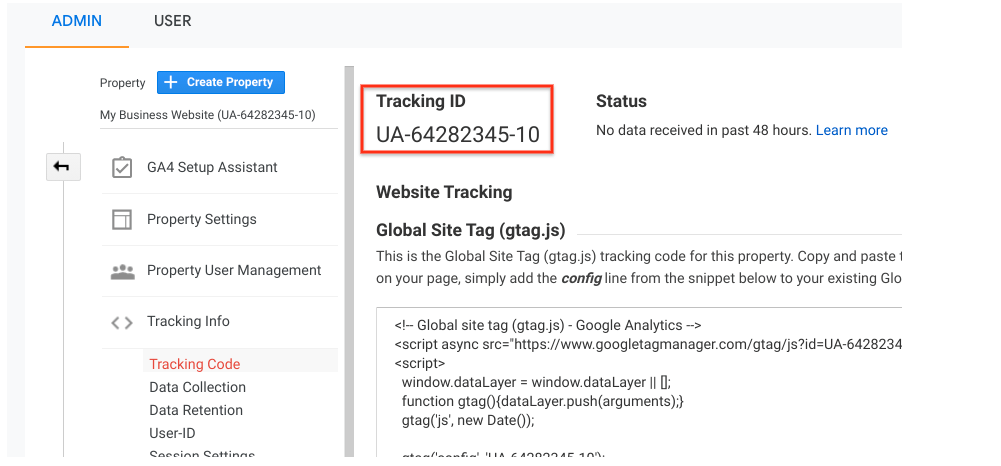Understanding Google Analytics: What Data Does Google Analytics Prohibit Collecting?
Understanding Google Analytics: What Data Does Google Analytics Prohibit Collecting?
Blog Article
Understanding the Art of Conquering Data Collection Limitations in Google Analytics for Better Decision-Making
In the world of digital analytics, the ability to essence meaningful understandings from data is vital for educated decision-making. Google Analytics stands as a powerful device for businesses seeking to comprehend customer behavior, track conversions, and enhance their on the internet existence. Information collection restrictions within this platform can prevent the accuracy and depth of the info collected. What Data Does Google Analytics Prohibit Collecting?. To genuinely harness the potential of Google Analytics for strategic decision-making, mastering the art of getting over these restrictions is necessary. By employing critical strategies and innovative techniques, organizations can boost their information top quality, unlock concealed understandings, and lead the way for even more educated and reliable decisions.
Data Top Quality Analysis
Data quality evaluation involves reviewing numerous facets such as precision, completeness, consistency, and timeliness of the data. One vital aspect to take into consideration is data precision, which refers to how well the information shows the true worths of the metrics being measured.
Efficiency of information is one more crucial factor in evaluating data top quality. Consistency checks are additionally important in information quality analysis to recognize any type of inconsistencies or anomalies within the information collection. By prioritizing data quality assessment in Google Analytics, businesses can boost the reliability of their analytics records and make even more educated decisions based on accurate understandings.
Advanced Monitoring Methods
Utilizing sophisticated tracking methods in Google Analytics can significantly enhance the depth and granularity of data gathered for even more comprehensive analysis and understandings. One such method is occasion monitoring, which allows for the surveillance of specific interactions on a website, like click buttons, downloads of files, or video clip views. By implementing occasion monitoring, organizations can get a much deeper understanding of user actions and involvement with their online content.
Additionally, personalized measurements and metrics offer a way to customize Google Analytics to certain company requirements. Personalized dimensions permit the production of new data points, such as individual duties or customer sectors, while customized metrics allow the tracking of distinct efficiency signs, like profits per individual or typical order worth.
In addition, the use of Google Tag Manager can simplify the implementation of monitoring codes and tags across a site, making it simpler to handle and deploy advanced tracking configurations. By harnessing these advanced tracking techniques, companies can open important insights and maximize their online approaches for far better decision-making.
Custom-made Measurement Implementation
To boost the depth of data gathered in Google Analytics past sophisticated monitoring methods like occasion tracking, companies can carry out custom-made dimensions for more customized understandings. Custom-made dimensions enable services to define and gather details data factors that are pertinent to their one-of-a-kind goals and objectives (What Data Does Google Analytics Prohibit Collecting?). By assigning custom dimensions to various elements on an internet site, such as individual interactions, demographics, or session information, services can get an extra granular understanding of just how customers involve with their on the internet homes

Acknowledgment Modeling Techniques
By utilizing the appropriate attribution version, companies can accurately associate conversions to the suitable touchpoints along the customer journey. One typical acknowledgment model is the Last Interaction model, which offers credit rating for a conversion to the last touchpoint a customer interacted with before converting.

Data Sampling Evasion
When dealing with huge volumes of data in Google Analytics, conquering data tasting is important to make sure exact understandings are obtained for informed decision-making. Information sampling occurs when Google Analytics estimates patterns in information instead than assessing the total dataset, possibly bring about skewed outcomes. To stay clear of data tasting, one efficient approach is to lower the date range being assessed. By concentrating on shorter period, the possibility of experiencing tasted data reductions, giving a much more accurate representation of customer behavior. Furthermore, utilizing Google Analytics 360, the costs version of the platform, can check out this site assist minimize tasting as it permits higher data thresholds prior to sampling starts. Implementing filters to tighten down the information being assessed can also help in preventing sampling concerns. By taking these aggressive actions to decrease information sampling, companies can draw out extra precise insights from Google Analytics, leading to better decision-making and enhanced general performance.
Conclusion
In conclusion, grasping the art of getting rid of information collection constraints in Google Analytics is essential for making educated choices. By performing a comprehensive information high quality evaluation, implementing advanced tracking strategies, making use of personalized dimensions, employing acknowledgment modeling approaches, and avoiding data sampling, companies can make certain that they have trustworthy and exact data to base their decisions on. This will inevitably lead to a lot more effective approaches and much better results for the organization.

Report this page